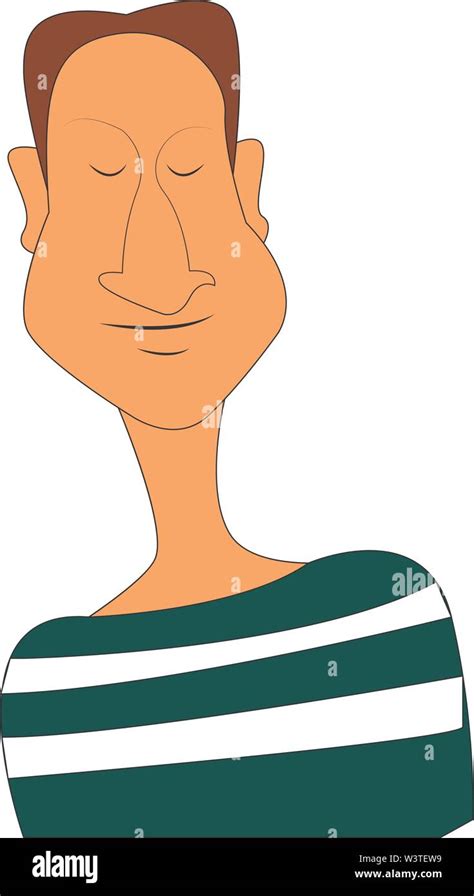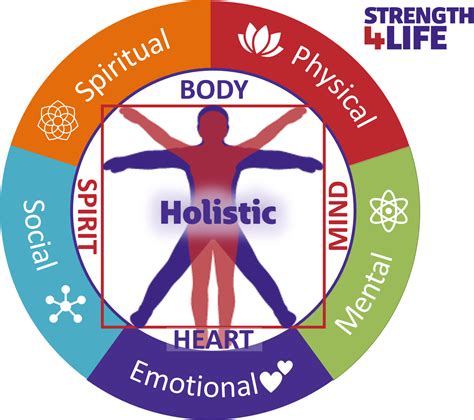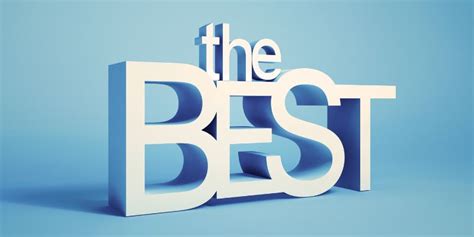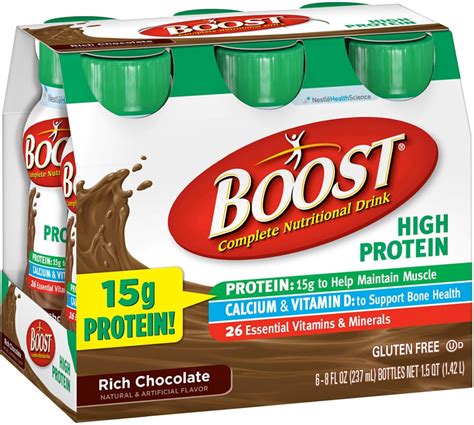Beyond the gym: What 3 recovery tactics boost men’s peak performance & muscle repair?

The Overlooked Pillar of Progress: Why Recovery Matters More Than You Think
For men dedicated to pushing their physical limits, the focus often remains squarely on the gym floor: lifting heavier, running faster, and enduring longer. While consistent training is undoubtedly the cornerstone of progress, true gains—in both performance and physique—are forged not during the workout, but in the hours and days that follow. Recovery is the unsung hero, the vital process where muscles repair, adapt, and grow stronger, and where your central nervous system (CNS) regenerates.
Neglecting recovery isn’t just a missed opportunity; it’s a direct impediment to your goals. Over-training without adequate rest leads to diminished performance, increased injury risk, hormonal imbalances, and mental burnout. For men aiming for peak performance and optimal muscle repair, understanding and implementing strategic recovery tactics is as critical as any set or rep. Let’s delve into three powerful, often underutilized, strategies that go beyond a simple rest day.
Tactic 1: Optimized Sleep – The Ultimate Anabolic State
Think of sleep as your body’s most potent natural anabolizer. During deep sleep cycles, your body is a powerhouse of repair and growth. Growth Hormone (GH) production, critical for muscle repair, fat metabolism, and bone density, peaks during slow-wave sleep. Simultaneously, your brain and CNS get a much-needed reset, which is crucial for maintaining mental clarity, reaction time, and preventing neurological fatigue.
Chronic sleep deprivation, even just an hour or two less than optimal, can drastically increase cortisol (the stress hormone) and decrease testosterone levels, directly hindering muscle growth and fat loss. Aim for 7-9 hours of high-quality sleep consistently. To optimize your sleep environment:
- Maintain a consistent sleep schedule, even on weekends.
- Ensure your bedroom is dark, cool, and quiet.
- Limit screen time (phones, tablets, TVs) at least an hour before bed.
- Avoid heavy meals, caffeine, and alcohol close to bedtime.

Tactic 2: Targeted Nutrition & Supplementation – Fueling Repair and Growth
What you put into your body post-workout, and throughout the day, directly impacts its ability to recover and rebuild. This goes beyond just hitting your protein macros.
Macronutrient Timing and Quality:
After intense training, your muscles are primed to absorb nutrients. A combination of high-quality protein (e.g., whey, casein, lean meats) and complex carbohydrates is essential. Protein provides the amino acids necessary for muscle protein synthesis, while carbs replenish glycogen stores, providing energy for future workouts and preventing your body from breaking down muscle for fuel.
Key Recovery Supplements:
- Creatine Monohydrate: Enhances ATP regeneration, boosts strength, and aids in recovery.
- Omega-3 Fatty Acids: Potent anti-inflammatory properties can reduce muscle soreness and promote joint health.
- Magnesium: Critical for muscle function, nerve transmission, and improving sleep quality. Many active men are deficient.
- Branched-Chain Amino Acids (BCAAs) / Essential Amino Acids (EAAs): Can help reduce muscle breakdown and kickstart protein synthesis.
- Collagen: Supports joint health, ligaments, and tendons, which are often stressed during heavy training.
Remember to stay adequately hydrated throughout the day, as water is crucial for nutrient transport, temperature regulation, and overall physiological function.

Tactic 3: Strategic Stress Management & Active Recovery
Stress, whether physical or mental, is a major recovery disruptor. Chronic elevated cortisol levels not only break down muscle tissue but also impair sleep, suppress the immune system, and can lead to burnout. Incorporating stress management techniques is a non-negotiable for holistic recovery.
Mind-Body Techniques:
- Meditation and Mindfulness: Even 10-15 minutes daily can significantly reduce stress, improve mental clarity, and enhance your body’s ability to recover.
- Controlled Breathing Exercises: Techniques like box breathing activate the parasympathetic nervous system, promoting relaxation and aiding recovery.
- Nature Exposure: Spending time outdoors can lower stress hormones and improve mood.

Active Recovery & Modalities:
Instead of complete inactivity, strategic active recovery can increase blood flow, reduce muscle soreness, and improve flexibility without adding undue stress. This might include:
- Light Cardio: A brisk walk, gentle swim, or cycling at a low intensity.
- Stretching and Mobility Work: Yoga, dynamic stretches, or foam rolling can release tension and improve range of motion.
- Contrast Therapy: Alternating between hot and cold showers/baths can enhance circulation and reduce inflammation.
- Massage/Myofascial Release: Professional massages or self-administered foam rolling and massage guns can break up knots and improve tissue quality.

Integrating Recovery into Your Regimen
These recovery tactics aren’t standalone actions but interconnected components of a holistic approach to fitness. The synergy between optimized sleep, targeted nutrition, and strategic stress management creates an environment where your body can thrive, adapt, and exceed previous limitations.
Listen to your body, track your recovery (e.g., sleep quality, energy levels, soreness), and be consistent. Just as you plan your workouts, consciously plan your recovery. It’s not a sign of weakness; it’s a smart strategy for long-term gains, sustained peak performance, and a healthier, more resilient you.
Conclusion
The journey to peak performance and superior muscle repair extends far beyond the final rep in the gym. By prioritizing optimized sleep, fueling your body with targeted nutrition and strategic supplementation, and actively managing stress through mindfulness and active recovery, men can unlock their full potential. Embrace these three recovery tactics not as optional add-ons, but as essential pillars of your training regimen, and watch your performance and physique transform.








